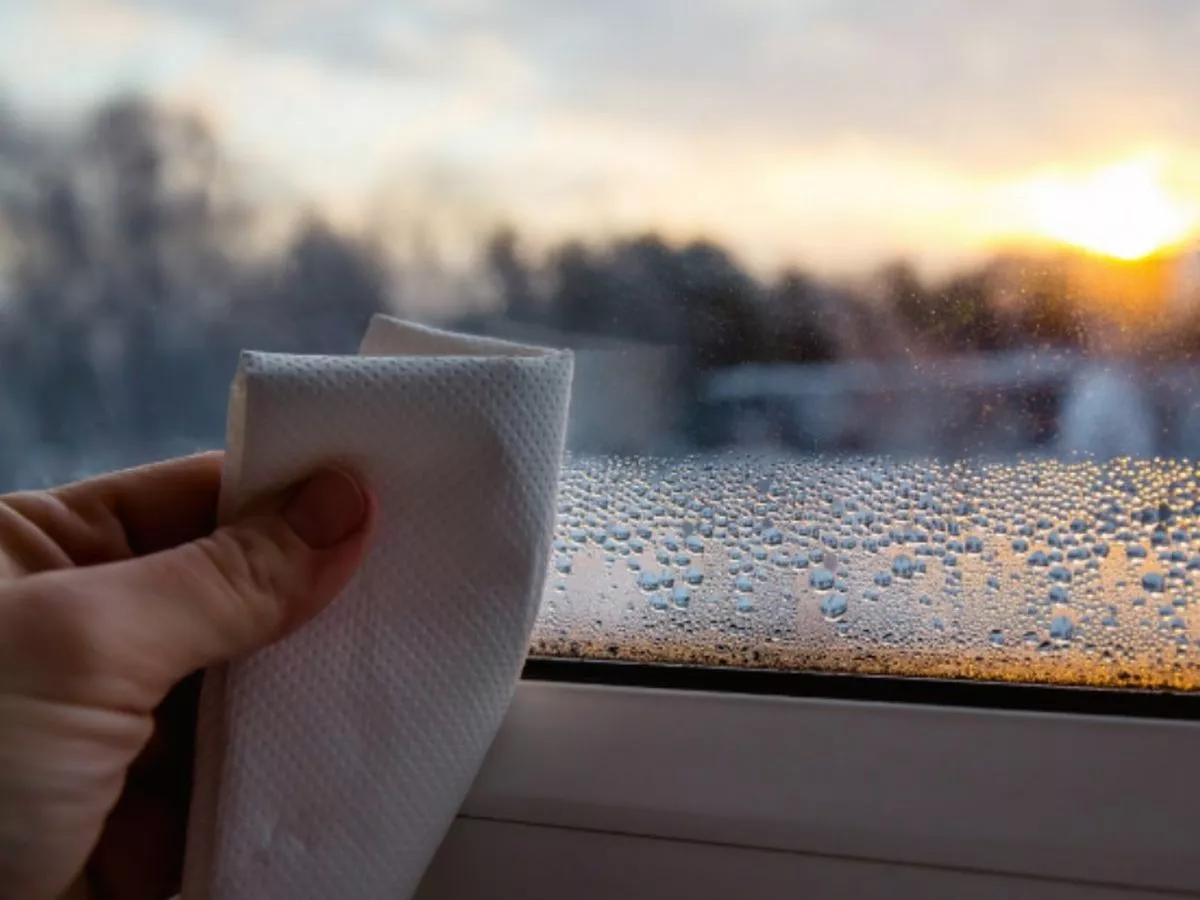Copyright birminghammail

The m inimum temperature you should set your heating to avoid condensation on windows has been revealed. You should avoid letting the temperature drop below 15-16 degrees as condensation can start to form. Ben Gallizzi, energy expert at Uswitch.com, explains: “Keeping your home warm can help prevent mould from building up during the coldest months of the year. The Energy Saving Trust recommends that people in good health heat their home to between 18 and 21 degrees celsius." Mark Batchelor, director of property services from housing association Hyde, adds: “Condensation will form on the coldest surfaces in your home, these cold areas are usually around windows, the corners of the room, and external walls. READ MORE Mortgage warning for UK households as they risk being 'squeezed' “The warmer the air temperature is in your home, the more moisture it can hold.” ‘Damp’ is a general term which covers a range of different issues connected to excess moisture. Moisture in the air will form condensation (droplets of water) when it hits a cold surface, like a window. Most of us will see condensation on our windows from time to time, for example on a cold morning. This isn’t necessarily a problem if it clears up quickly. The UK’s cool, wet climate contributes to the problem, but building fabric also plays a part. It’s not just older buildings where damp happens: new homes can suffer from damp too. Problems start if the moisture in a home builds up to the point where it starts to cause damage or mould growth. If it’s building up somewhere other than on the window, you might not notice until wallpaper starts to peel or black mould starts growing. The Energy Saving Trust says: "Damp is more likely to happen in places that are colder than the rest of the house. This includes exposed corners or where there is a gap in the insulation. "It can also happen in places where the air can’t circulate freely, such as behind furniture. Rooms that tend to have more moisture (such as kitchens and bathrooms) can be prone to mould if there isn’t proper ventilation."



